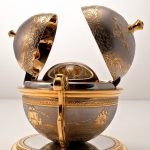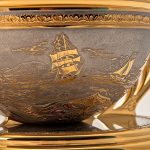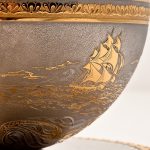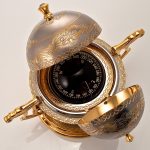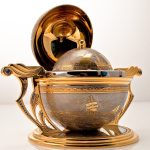As a navigation device, the compass was invented in China at the times of the Song Dynasty, then it was used to point the direction of movement in the desert. In Europe, the invention of compass belongs to the XI-XII centuries, however, its structure was then quite simple. The compass included a magnetic needle mounted on a cork and lowered into a vessel of water. According to the laws of physics, in water, the cork with the arrow was oriented in the right way, determining north, south, west, east. At the beginning of the XIVth century, the Italian Flavio Joya significantly improved the compass. He put a magnetic arrow on a vertical hairpin, and attached a light circle (card) to the arrow, broken into 16 sections in a circle. In the 16th century, a division of the card into 32 sections appeared, and the box with the arrow began to be placed in a gimbal, so as not to depend on the influence of the ship’s rolling on the compass. In the XVII century, the compass was equipped with a direction finder which served to determine compass directions to various objects visible from the ship.
Specifications:
Specifications:
Card diameter – 40 mm
Card division – 50
Roll angle at which the compass remains operational – 40°













